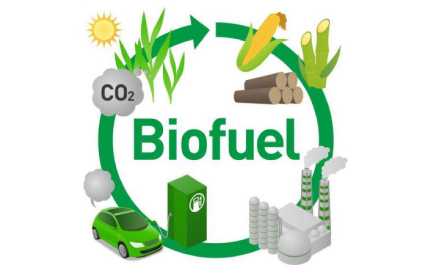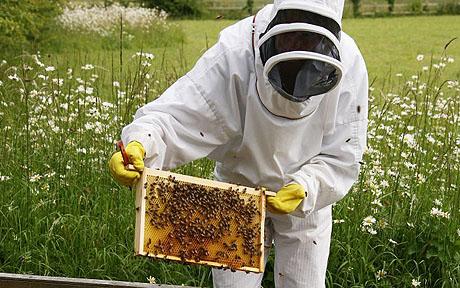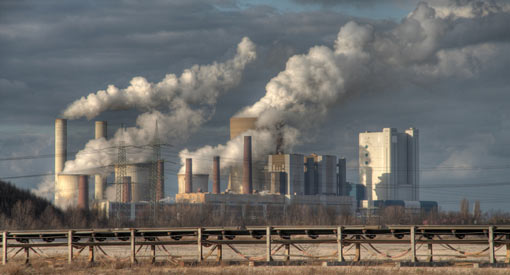In order to reduce climate emissions, the demand for modern biofuels should increase significantly. However, they are far from a climate-neutral alternative to gasoline and diesel.
A new Natural Climate Change study shows that under current land use rules, the CO2 emission factors of biofuels may even exceed the emission factors of fossil diesel burning due to extensive land clearing associated with biomass growth.
Before bioenergy can effectively promote the achievement of carbon neutrality, international agreements must ensure effective protection of forests and other natural lands through the establishment of a carbon price, says an expert group of the Potsdam Institute for Climate Impact Research (PIK).
“Our results show: current global land regulation is not sufficient to manage today’s biofuel land-use change emissions,” explains lead author Leon Merfort.
“If the cultivation of bioenergy grasses is not strictly limited to marginal or abandoned land, food production may change and the use of agricultural land expands into natural land.
This would result in significant carbon emissions from deforestation in areas with weak or no land regulation. These indirect effects of bioenergy use is a challenge for policymakers, as food and bioenergy markets are globally interconnected, but beyond individual national policies.
Tragically, the lack of regulation of the land use sector will keep the supply of bioenergy cheap and force the energy industry to move away from fossil fuels even faster to offset the additional emissions from land change
This cycle in turn increases the demand for bioenergy. To examine the emissions impact of bioenergy-induced land use change in a sectorally fragmented policy, researchers combined energy and land system models to identify alternative changes consistent with limiting global warming to well below 2 °C.
These paths involve different land use and energy policy assumptions, as they have a large impact on carbon dioxide emissions from land use change, as well as the amount of bioenergy used to meet global energy needs.
By comparing these scenarios to an equivalent counterfactual scenario where bioenergy is not produced and therefore no emissions from land-use change, the researchers were able to derive emission factors according to which CO2 emissions from land-use change are due to bioenergy production under different policies.
The price of emissions due to land use change is set to achieve climate neutrality
“We find that without additional land use regulation, land clearing associated with modern biofuel production leads to 30-year average CO2 emission factors higher than fossil diesel burning,” says co-author Florian Humpenöder.
These results highlight the need for a paradigm shift in land use policy. “Our results show that a globally comprehensive land protection or carbon pricing system can prevent large CO2 emissions from land use changes associated with modern biomass production.”
“The phase-out of fossil fuels will generate hundreds of billions of dollars in demand for bioenergy by mid-century,” co-author Nico Bauer emphasizes.
The agricultural sector is trying to take advantage of these new opportunities, but the potential expansion into productive areas often coincides with large emissions of carbon dioxide from land acquisition. Just reducing the demand for bioenergy will not solve this problem. We also surprisingly find that protecting 90% of the forested areas of the world are not enough, because the remaining 10% would still be too big a gap. The decisive factor is not the price level itself, but the coverage covers almost 100% of all forests and other natural lands, states the research group.
Pricing all land-changing emissions at just 20 percent of the energy system’s carbon price is more efficient than a conservation system that covers 90 percent of the world’s forests.
Conservation of carbon stored in existing forests should be placed on the international political agenda, as the elimination of fossil fuels progresses and the rules of the land use sector lag behind, emphasizes Bauer: “Our results show that bioenergy can be produced with limited emissions. .in line with current land use regulations.
However, if the regulatory loophole remains open, bioenergy is not part of the solution to curbing climate change, but part of the problem.
- Eurekalert







